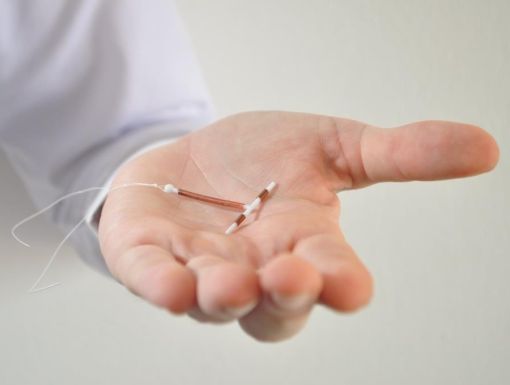
Is the Birth Control Implant the Right Option for Me in 2023?
The birth control implant is a flexible plastic rod that’s the size of a matchstick. It is placed under the skin of the upper arm. By releasing a low, steady dose of the hormone progestin, the implant thins the lining of the uterus and suppresses ovulation.
How does the birth control implant work?
The hormones in the implant prevent pregnancy in two ways:
- Progestin thickens the mucus on your cervix, which stops the sperm from swimming through to your egg. When the sperm and the egg can’t meet, pregnancy can’t happen.
- Progestin stops the egg from leaving your ovaries, which is also known as ovulation. If there’s no egg, there’s no pregnancy.
The birth control implant is approved for up to three years. You and your health care provider can determine if this is the right choice for you. By numbing a small area on your inner upper arm, the implant will be inserted just beneath the surface with a special needle.
Pros of the birth control implant
- At 99.95%, it’s the most effective contraceptive method available. It’s even more effective than a tubal ligation!
- It’s suitable for women who would like a long-term method. No need for daily, weekly or monthly regimens.
- This is a great alternative for those affected by the hormone estrogen.
- You may use this contraceptive when breastfeeding.
- The implant may reduce heavy, painful periods. Most periods are light or non-existent on this form of birth control.
Cons of the birth control implant
- This form of birth control does not protect against sexually transmitted diseases.
- It requires a minor procedure to insert and remove the tiny rod(s) under the skin.
- The most common side effect is irregular bleeding, especially in the first 6-12 months. Side effects may include hair loss, depression and weight gain.
- Rarely, an infection may occur at the sight of the implant.
- Women who have certain medical conditions cannot use this method of birth control.
Myths about the birth control implant
There have been several myths about the birth control implant. We’re here to put your mind at ease and set the record straight.
There’s no controlling the irregular bleeding.
There are a few things that may help with irregular bleeding. Your provider can prescribe medications to help. You can also be evaluated to make sure there is not another cause for the abnormal bleeding like sexually transmitted diseases (STDs). If you’re a smoker, quitting may help with irregular bleeding on the implant. Read more about how we can help you quit, here.
Getting the implant is painful and may get infected.
The implant does not require stitches. A healthcare provider will give an injection of local anesthetic under the skin to prevent pain while the implant is inserted. The implant may take anywhere from 2 to 5 minutes to insert. The implant is small and can be felt through the skin. There may be bruising and soreness for a few days after the implant is inserted. The implant may be easily removed at any time.
The implant may cause infertility.
Once an implant is removed, the hormones do not remain in the body. A study found that women who have had implants removed can become pregnant just as fast as women who have stopped using nonhormonal methods.
For more information on using the birth control implant and to find out if it’s right for you, contact your healthcare provider.



